10 Most In-Demand Courses to Elevate Your Science Skills
10 Most In-Demand Courses to Elevate Your Science Skills
These days, science isn’t just something you study in school, it’s part of how we understand the world around us. From real world phenomena like climate change and space exploration to the technology behind your phone, science is shaping the future. That’s why building strong science skills is becoming essential for learners of all ages.
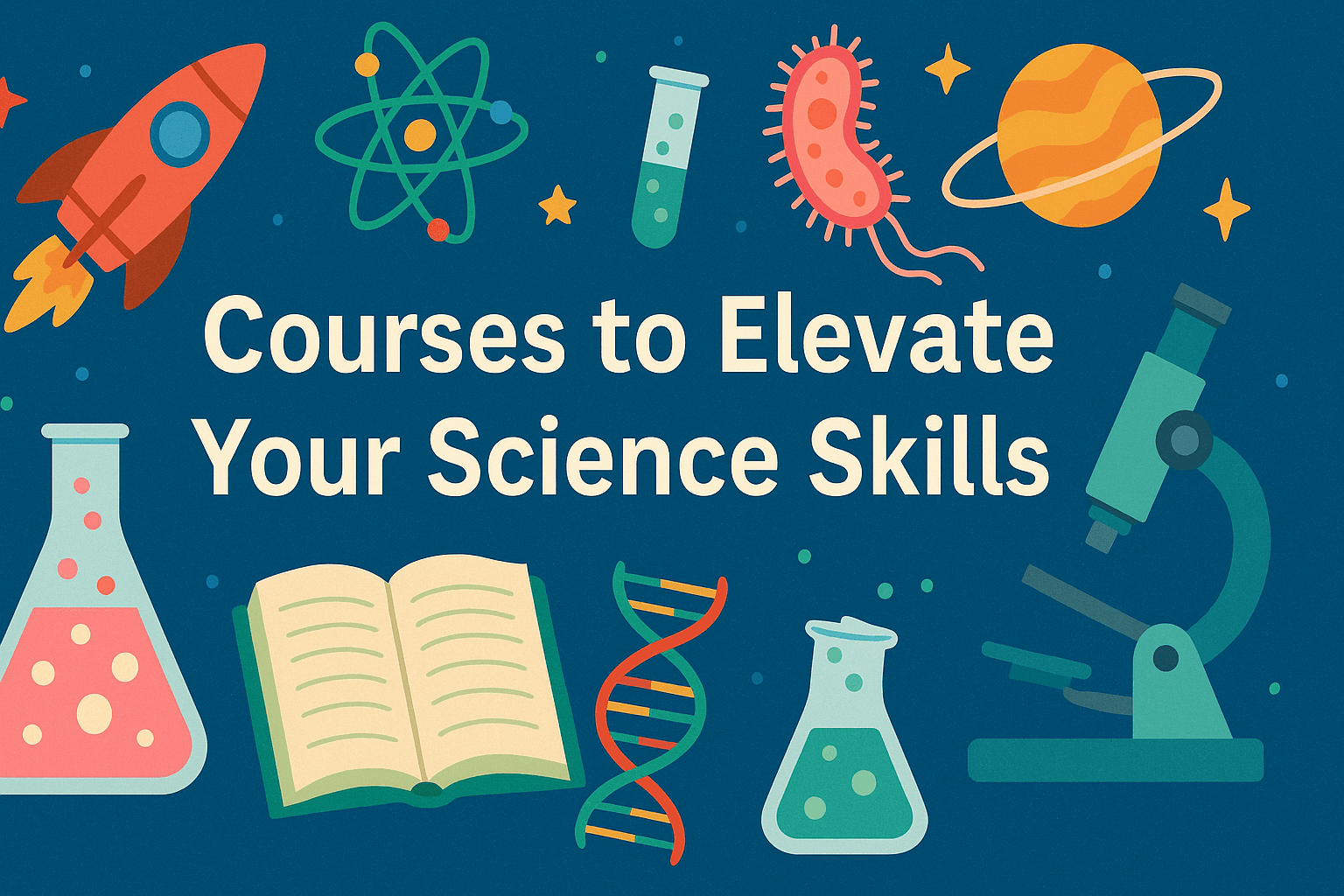
Introduction
If you are a student, teacher, or parent, you may already be looking for ways to make learning more engaging. That’s where the right courses come in. The most in demand science courses today don’t just check off grade level boxes or meet state standards. They help students connect ideas, work on hands on experiments, and see how science applies to everyday life.
Whether you are exploring mystery science with your kids at home, supporting learners in a classroom, or building your own knowledge as an educator, this list includes courses that are both practical and inspiring. Let’s explore ten programs that will help you or your child learn, create, and gain confidence through meaningful, modern science instruction.
10 In-Demand Science Courses Worth Exploring
Whether you are a parent supporting your child’s education, a student choosing your next step, or an educator looking to stay current, these in demand science courses are leading the way. They offer a balance of science instruction, critical thinking, and skill-building that prepares learners to succeed across real-world subjects. Many of them even teach children how to connect math, literacy, and scientific thinking in practical, engaging ways.
Each course below helps students build confidence, curiosity, and the ability to create, test, and apply science in meaningful ways.
Data Science & Machine Learning: Data is everywhere, from climate forecasts to social media trends. This course helps students make sense of it. Learners explore how machines learn patterns from data, often combining math and logic to make predictions. It’s perfect for those who enjoy a challenge and want to create tools with real-world impact. This program also supports developing analytical thinking which is an essential skill for life in a tech-driven world.
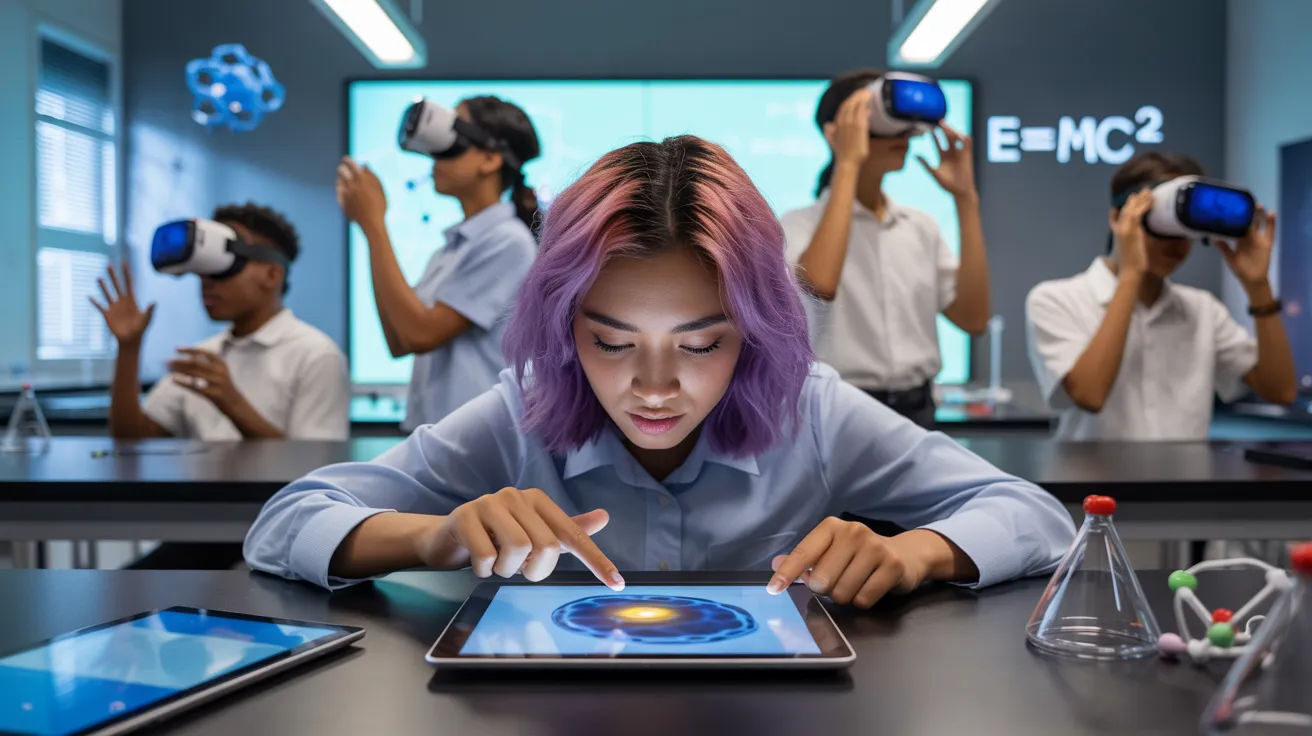
Environmental Science & Sustainability: With the world facing climate challenges, this course teaches learners how ecosystems work and how humans impact them. Using real world phenomena, students learn about water, energy, pollution, and conservation. Projects often include hands on experiments like building a rain gauge or testing air quality. It’s ideal for those who want to protect the planet and understand science's role in everyday life.
Biotechnology and Genetics: This course opens the door to how living organisms are used in science and medicine. From gene editing to food science, students explore DNA, heredity, and how biology influences modern health breakthroughs. Through mystery science questions and real lab-based content, this course boosts literacy in medical innovation and supports students looking to enter health or research careers.

Space Science & Astronomy: Looking up at the stars is just the beginning. This course helps learners understand our solar system, gravity, black holes, and more. Students get to explore phenomena beyond Earth using models, hands on experiments, and data from space agencies. It’s a great fit for kids and adults who enjoy exploration and want to learn how physics applies beyond our planet.
Physics with AI Applications: Combining traditional physics with modern AI, this course shows how forces, energy, and motion can be modeled by machines. It’s perfect for students who love both logic and imagination, and who want to use technology to solve real problems. This course also supports science instruction by helping learners connect abstract concepts with AI-powered tools and simulations.
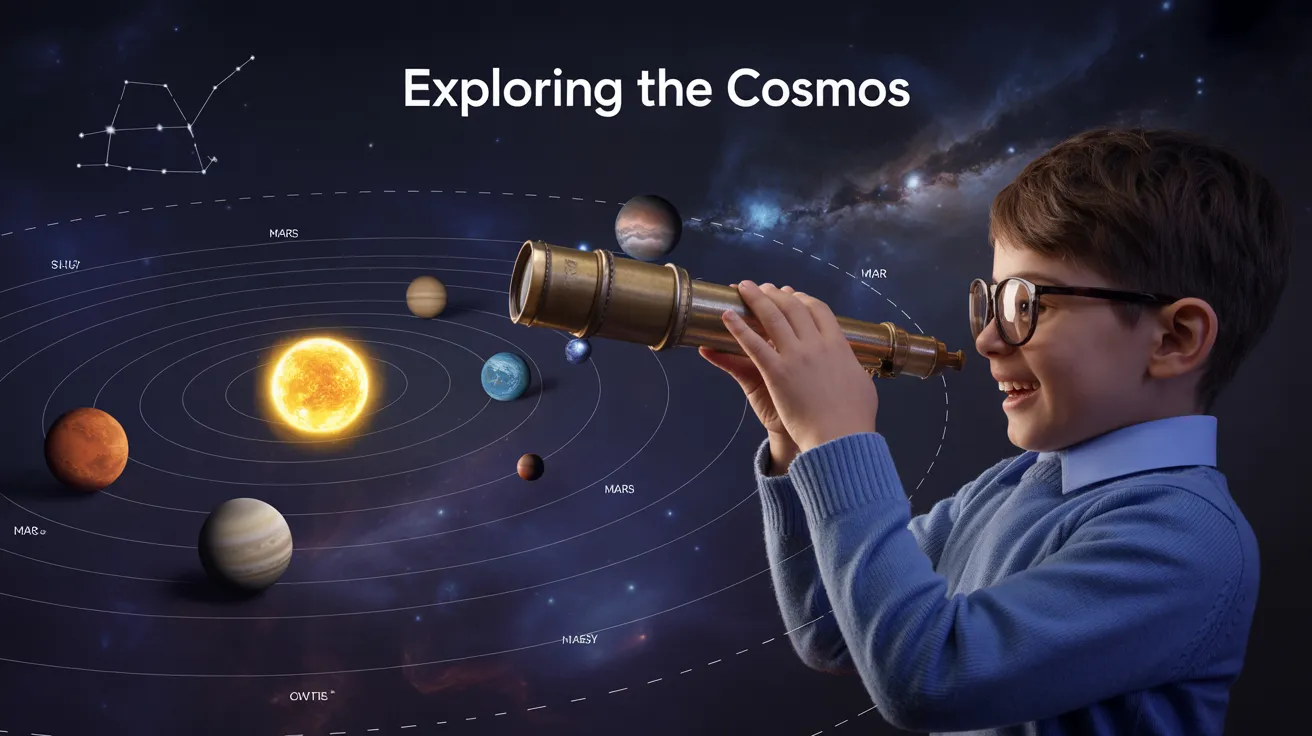
Robotics and Automation: Through building, coding, and testing robots, learners gain practical skills in engineering, math, and logic. These lessons are often project-based, encouraging learners to create, revise, and try again, just like in real labs. Programs often include a strong literacy component, as learners reflect on their designs and communicate their thinking. A top pick for future innovators and tinkerers.
Computational Chemistry: This course merges chemistry and computer modeling, allowing students to study molecules, reactions, and simulations without a lab. It supports science instruction in both high school and college by giving learners tools to analyze real scientific problems digitally. It’s ideal for learners who love patterns, math, and deep thinking, plus it builds strong skills for research careers.
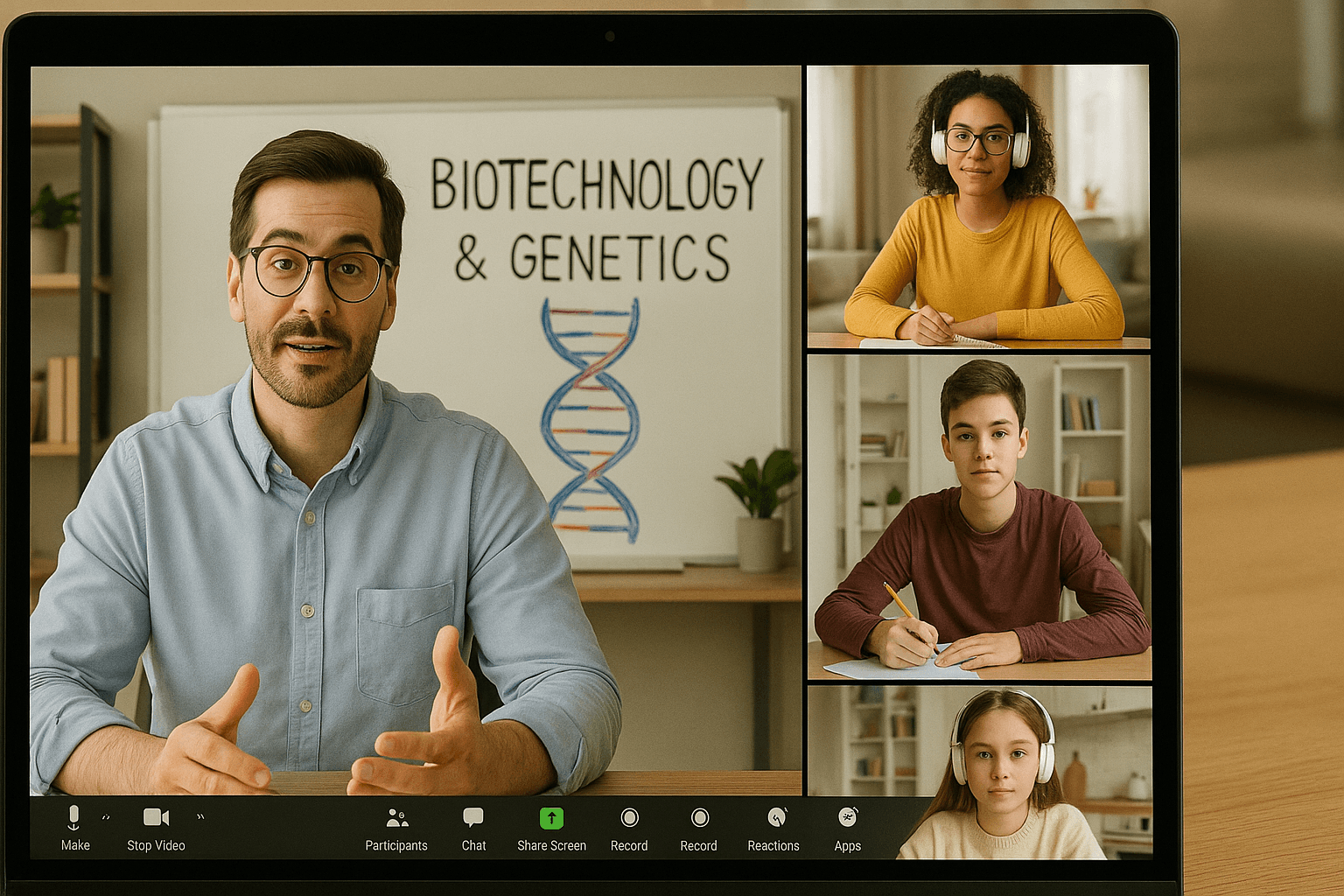
Renewable Energy Science: Solar, wind, and water power are more important than ever. In this course, learners study the real world phenomena behind clean energy and explore systems that can support the planet long term. With activities like building a solar oven or testing turbine blades, it teaches both practical skills and sustainable thinking making it perfect for science learners with a green thumb.
Neuroscience & Brain Research: What makes us think, feel, and learn? This course dives into how the brain works, helping students understand memory, focus, and even emotion through a scientific lens. It’s a great option for students interested in psychology, biology, or education. Programs also cover how the brain responds to science instruction, which is valuable for both teachers and learners aiming to improve how we teach and absorb knowledge.
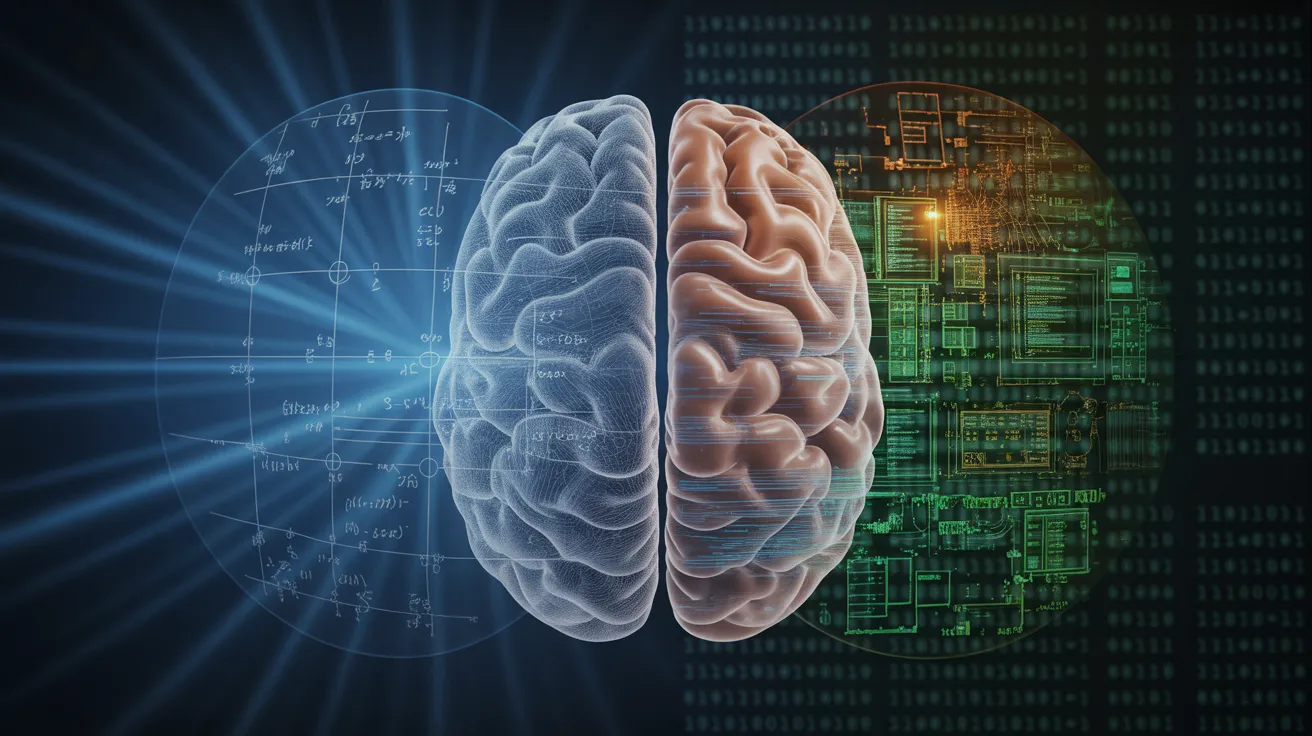
Scientific Communication & Research Writing: Knowing science is one thing, explaining it is another. This course helps learners write about complex topics clearly, using evidence and structure. Whether it’s crafting reports, creating classroom materials, or preparing articles, this course builds a foundation in writing, research, and presentation skills. Perfect for educators, aspiring scientists, and anyone who wants to communicate discoveries in an accurate, accessible way.
Each of these programs supports confidence, creativity, and the ability to explore science with purpose. From mystery science and biology to engineering and AI, these courses help learners make sense of the world and their place in it.
Best Online Courses to Improve Science Skills
With digital education booming, students of all ages now have free access to some of the best science courses from top global institutions. Whether in the classroom or at home, these online platforms make it easier than ever to learn core scientific skills in a way that’s interactive, engaging, and aligned with real-world needs.
Sites like Khan Academy, Coursera, and edX provide programs that are standards aligned, meaning they support what schools already require across grades and state standards. This makes it simple for teachers and parents to find content that truly teaches children at the right pace and depth.
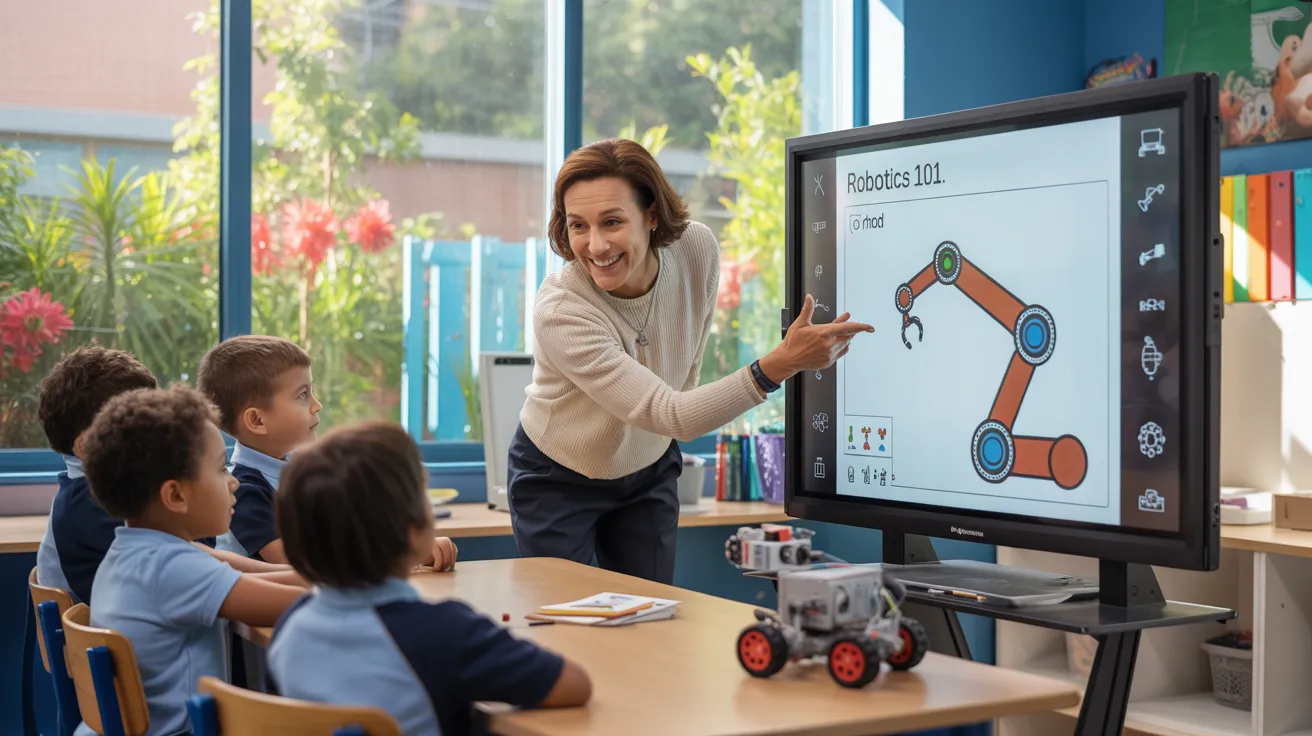
Some of the most popular programs include:
Mystery Science: A favorite among elementary educators, this platform teaches children to ask big questions and test ideas using simple supplies. Its design supports literacy, writing, and critical thinking, all while making science fun.
Coursera's Science for Everyone Series: Great for older students, this series introduces core concepts in biology, physics, and chemistry, often with optional certification to boost college or job applications.
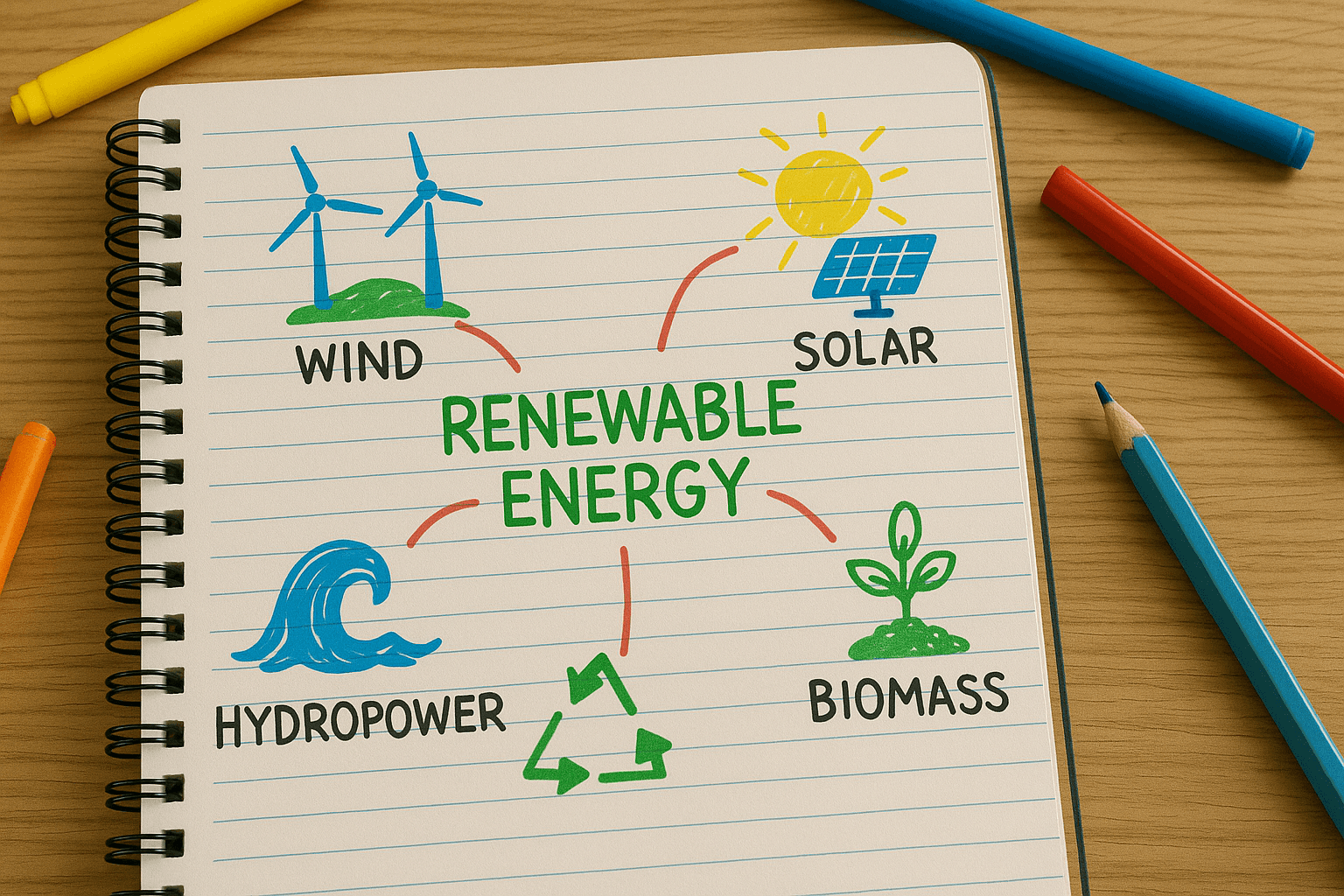
Khan Academy’s Middle and High School Science Courses: Built to align with state standards, these courses are perfect for kids, parents, and educators looking to supplement existing education materials. They include short videos, quizzes, and lesson plans designed for self-paced learning.
edX's AP Biology and Physics Programs: For advanced learners and future scientists, these classroom-ready resources offer college-level instruction with flexible scheduling.
All these platforms support teachers as well. Many come with built-in progress tools, printable worksheets, and guidance on how to teach topics clearly. Whether you are a parent trying to support science literacy, or an educator creating a more engaging classroom experience, these platforms offer reliable, well-reviewed, and research-backed content.

What’s more, many courses are designed to be fun, visual, and even interactive with hands on experiments, downloadable activities, and quizzes that spark curiosity in children and help develop real inquiry-based skills.
Combining Science and Technology Learning for Career Growth
It’s no secret that science and technology go hand in hand these days. Look around, from the apps on your phone to how we study the climate, combining both fields gives students a real edge. For kids, teens, or even adults, learning science on its own is valuable but blending it with technology is what makes it powerful.
More schools and programs are recognizing this. Courses that connect science with coding, data tools, or digital modeling are helping students do more than memorize facts. They are building skills that matter, skills that employers want, and that students can actually use in the real world.
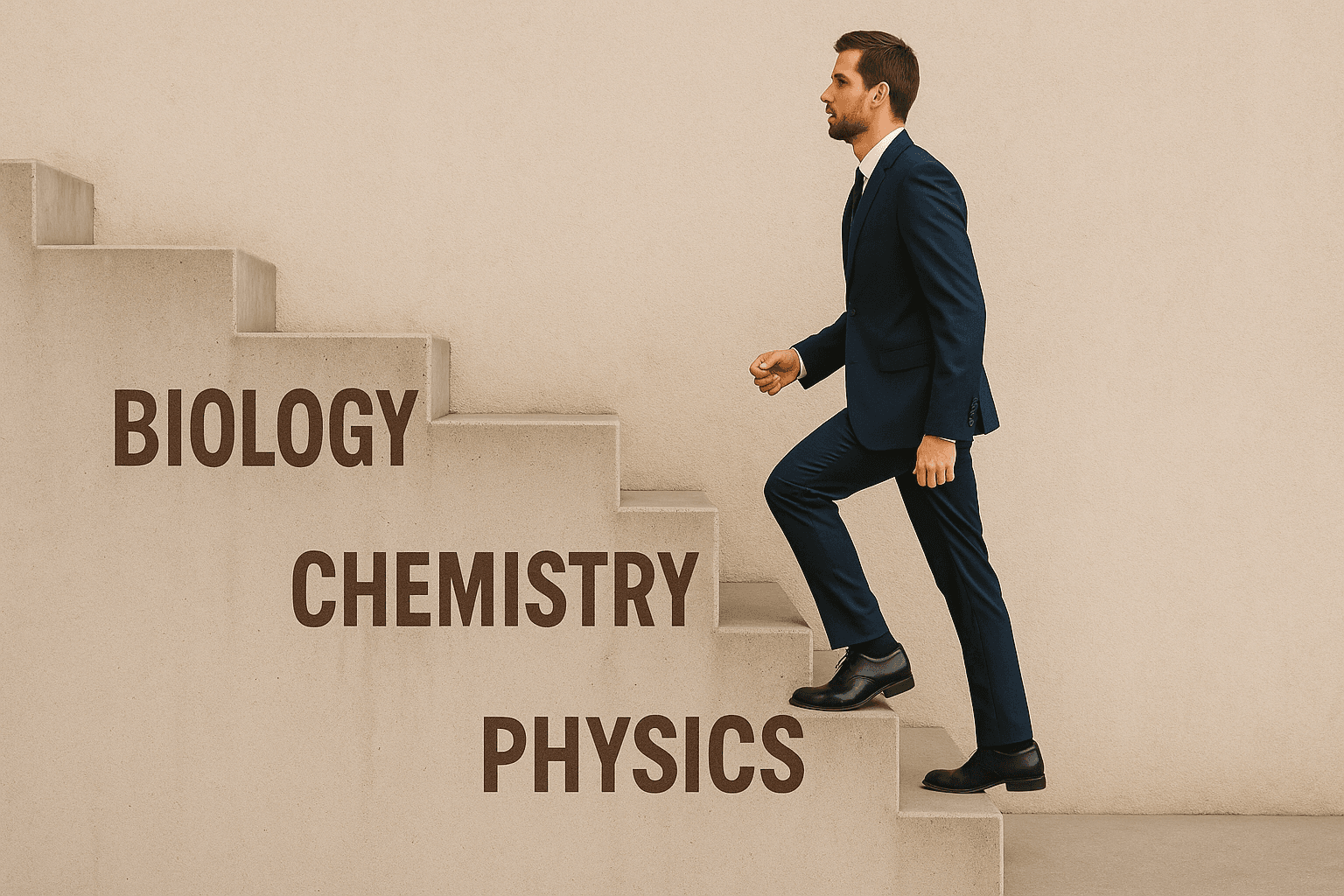
Programs like Mystery Science are a great example. Designed for younger students, this program teaches children to explore big ideas using simple supplies and storytelling. The best part? It’s standards aligned, offers free access to teachers, and turns every lesson into a mini discovery lab.
Courses in AI, environmental modeling, or even robotics are also becoming popular. They let students take a concept from the classroom and apply it using real tools. They learn by doing, and that’s where growth happens. Plus, these lessons are usually designed to be fun, hands-on, and engaging, which means kids stay interested.
This type of education also builds confidence. When a student writes their first program to track climate data, or runs a simulation based on an experiment they designed, it’s not just science, it’s empowerment. These experiences help them think like scientists and problem-solvers.
For teachers, blending subjects like math, writing, and science into one course helps streamline the learning process. It improves literacy, encourages collaboration, and gives kids the freedom to think creatively. Whether students are making predictions, writing lab reports, or modeling systems, they are using real skills that carry over into every area of life.
So, whether you are a parent trying to support your child’s curiosity or a teacher updating your curriculum, one thing is clear: combining science and technology isn’t just smart, it’s necessary. It puts learning into context, connects ideas to everyday life, and helps students prepare for whatever comes next.

Exploring the Best Online Computer Science Degree Options
If you are someone who loves science, logic, and creative problem-solving, a degree in computer science could be the next exciting step. And with more programs offering free access to introductory materials, students of all ages can begin their journey into computing, right from home.
These days, the best online computer science degree programs are not only flexible, but they’re also incredibly practical. Many of them are standards aligned and built with both students and teachers in mind, making them perfect for high school graduates, working professionals, or even curious kids who want to start early. Let’s look at what these degrees typically offer.
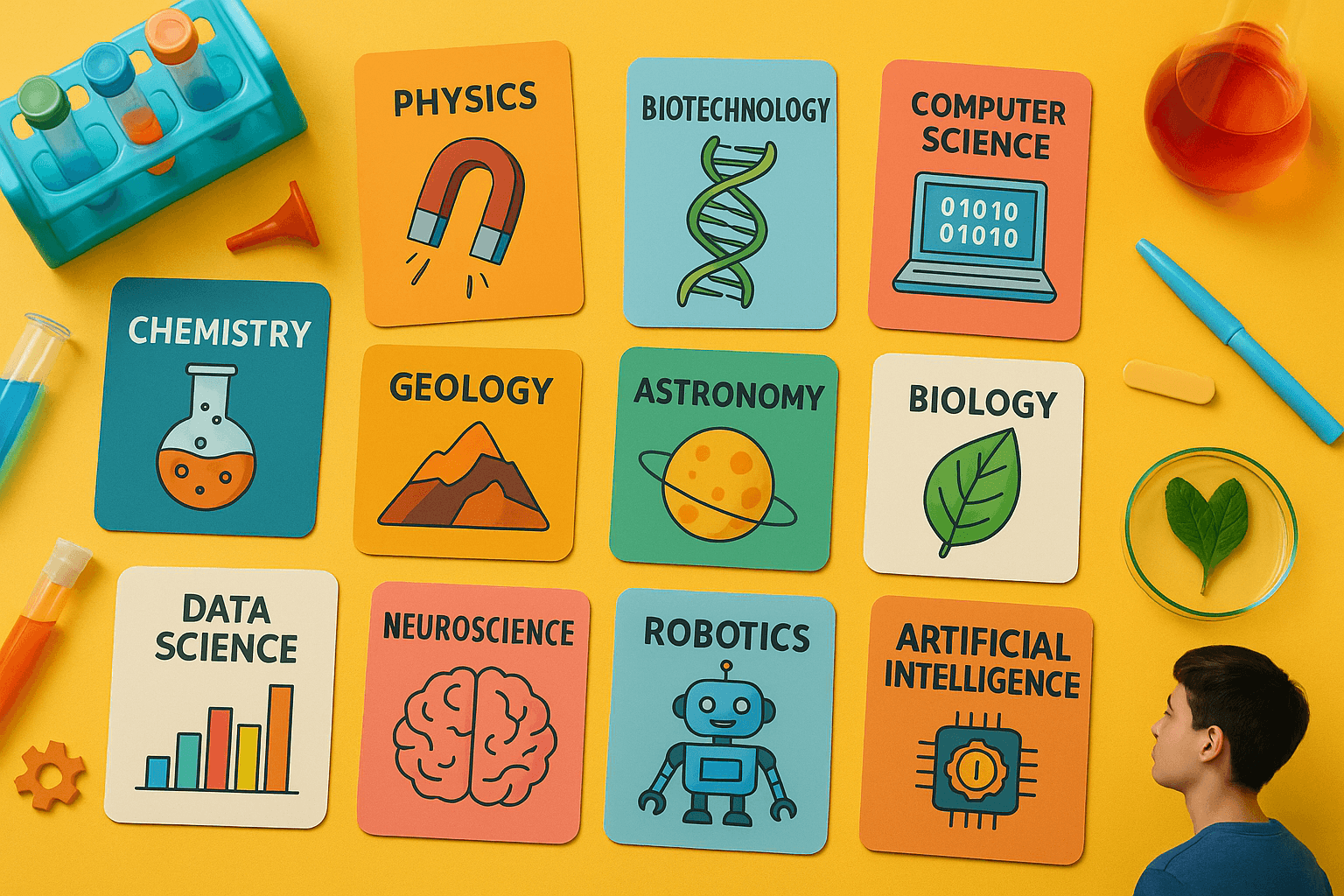
Flexible Learning from Top Universities: Many universities now design their programs for online education, with busy learners in mind. Schools like Oregon State University, University of London, and Arizona State University offer part-time, asynchronous courses so learners can study at their own pace.
Core Modules That Matter: From your first lesson, you’ll explore concepts like data structures, algorithms, and basic programming. As you progress, you may dive into topics such as machine learning, cybersecurity, or even physics simulation. These programs place technical learning into real context, teaching students how computing applies to real-world exploration, innovation, and design.
Career Tracks That Fit Many Interests: A solid computer science degree opens doors to roles like Software Engineer, Computational Scientist, and Bioinformatician. Each career path requires slightly different skills, but the factors that tie them together include logic, creativity, and a desire to solve complex challenges.
Industry Connections and Internships: Top online programs often come with industry partnerships and internship opportunities. These real-world experiences help students apply what they learn and gain hands-on exposure in professional environments. For teachers and students alike, this adds tremendous value to the overall learning journey. Some schools also offer free access to beginner tools or workshops, making it easy to get started before fully enrolling. This is especially helpful for learners unsure about committing long-term.
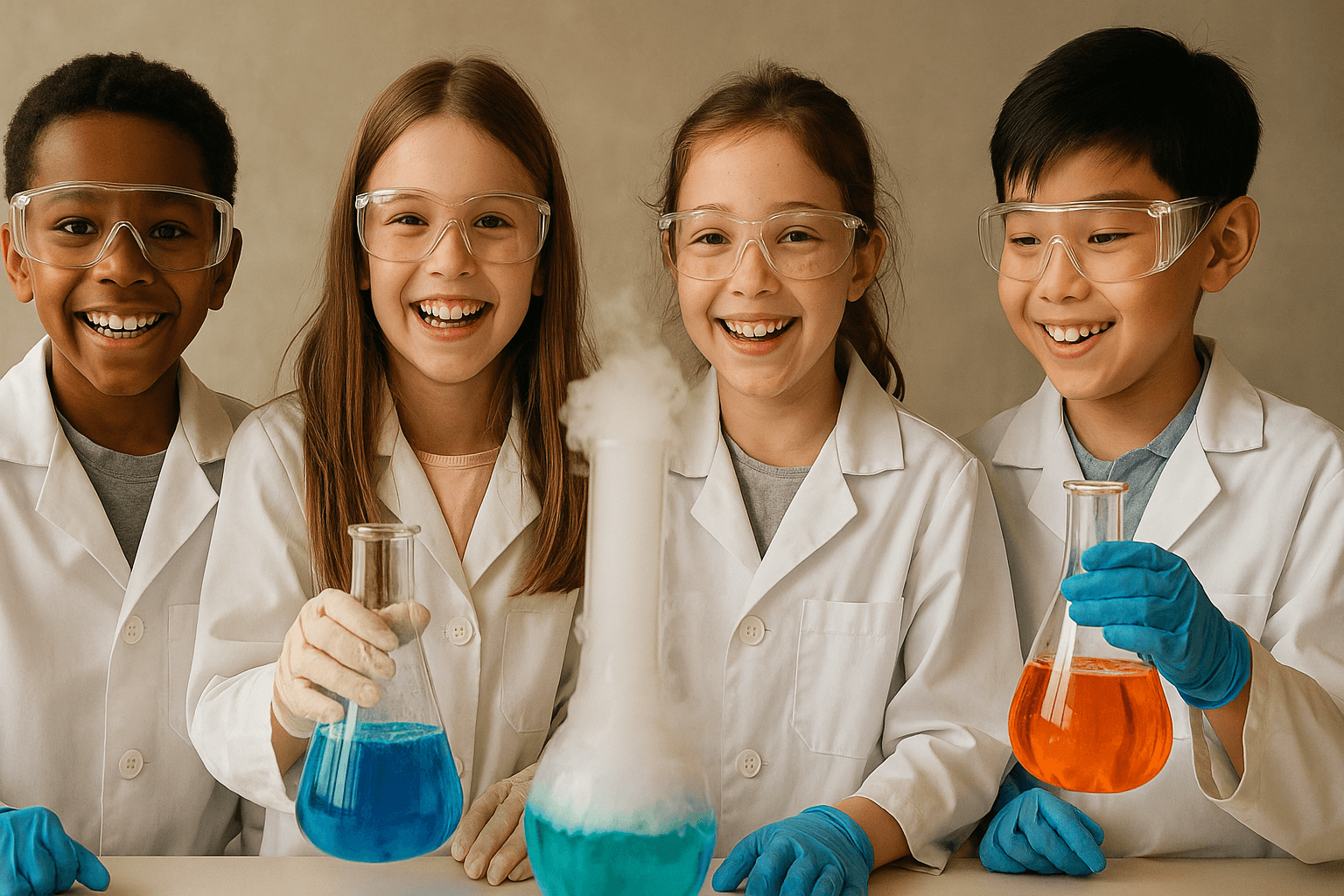
How to Choose the Right Science Course for You?
Choosing the right science course today is about more than just reading a description or picking something popular. For students, teachers, and lifelong learners alike, the best programs connect with your current goals, spark curiosity, and fit naturally into your personal or professional journey. With so many options, how do you narrow them down? Start by focusing on what makes learning truly engaging, relevant, and purposeful.
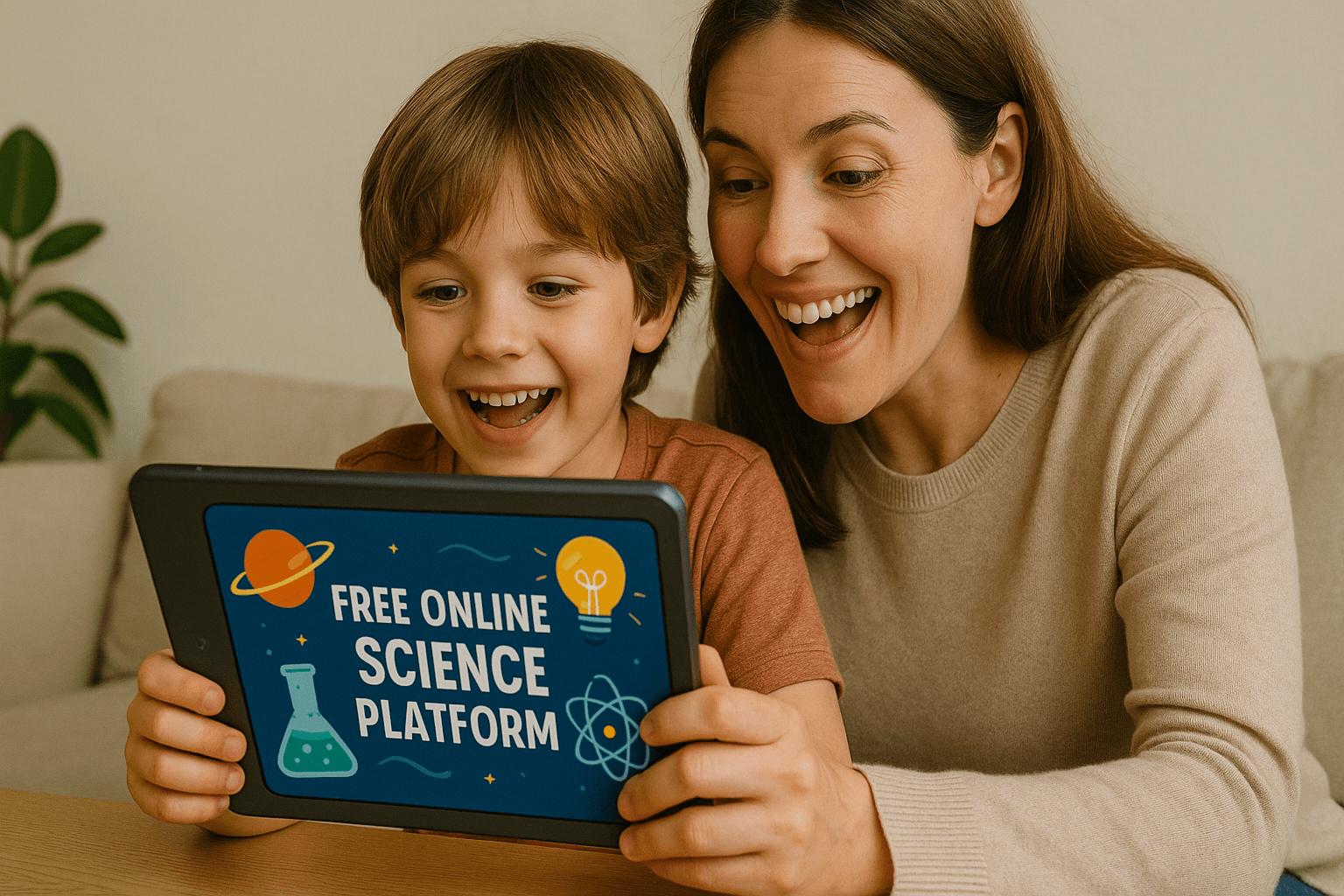
Before enrolling, take a moment to consider your grade level, experience, and comfort with digital tools. Are you just getting started with experiments, or are you seeking deeper content on subjects like biology, physics, or environmental science? Some courses cater to young students who are exploring concepts for the first time, while others are designed for advanced learners or even teachers looking to enhance their classroom approach.
What do you want out of the course? Are you hoping to become a scientist, engineer, or environmental researcher? Or are you an educator looking to enrich your education toolkit with new, standards aligned resources? Knowing your intention will help you choose a course that is fun, career-relevant, and ultimately lead to greater success.
Some learners are drawn to the human body, chemical reactions, or climate systems. Others are energized by engineering problems or robotics. Explore science programs that let you follow your curiosity and keep you motivated. The best courses introduce new phenomena and ideas while giving you room to build confidence through practical experiments and inquiry.
A strong course doesn’t just rely on lectures. It includes interactive tools, hands-on experiments, and lesson plans designed for all kinds of learners. Look for content that includes videos, quizzes, group projects, and evidence-based case studies. Courses that offer focused instruction with opportunities for active discovery tend to deliver better results.
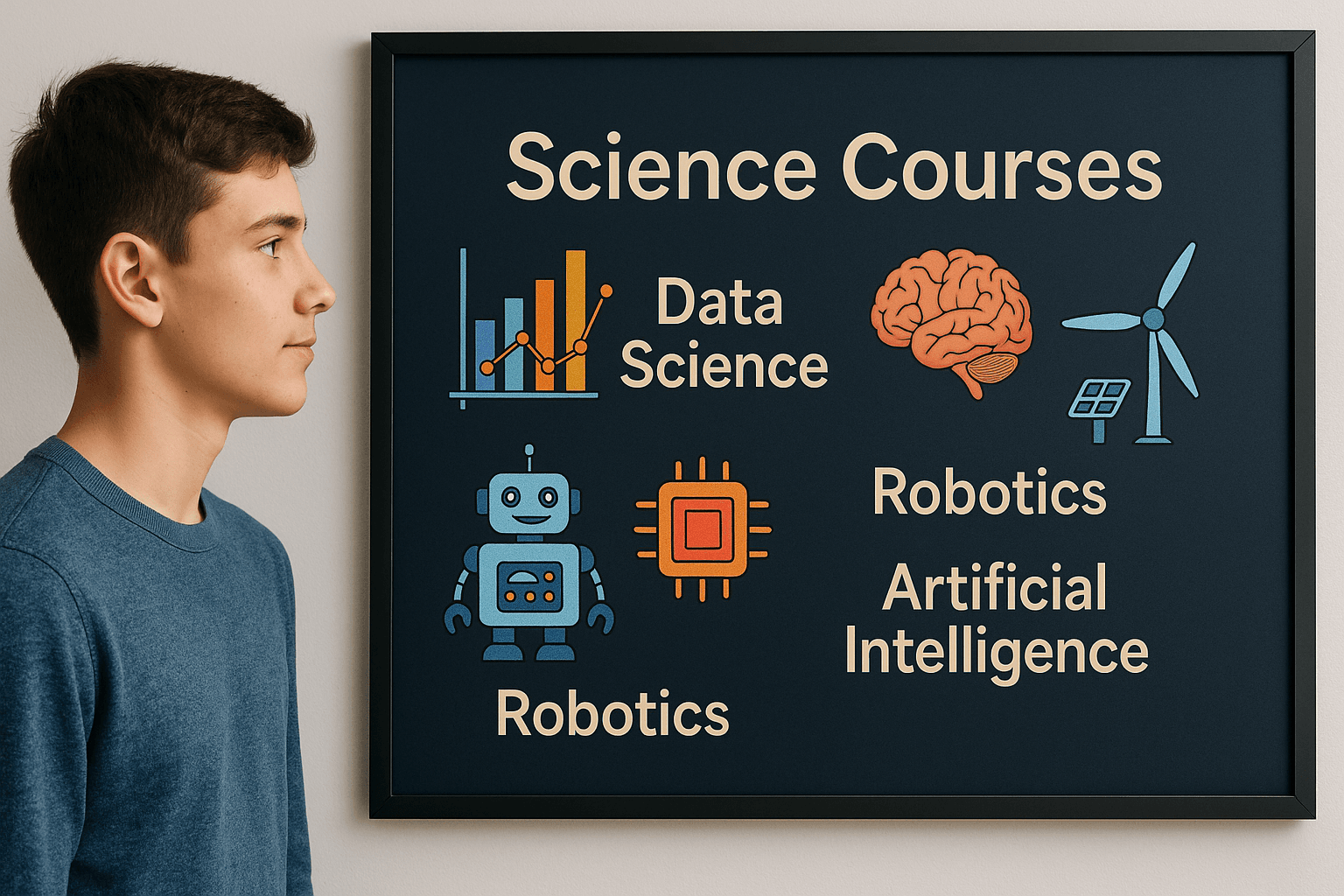
Conclusion
The right science course doesn’t just teach facts, it changes how you see the world. Whether you're in the classroom, guiding students, or exploring ideas on your own, today’s science education is more about exploration than memorization. It’s about learning through curiosity, asking better questions, and doing the kinds of experiments that stick. The best part? These experiences are often fun, practical, and deeply relevant to life. As we keep building strong science literacy across grades and learning styles, we are shaping confident, curious thinkers ready to meet tomorrow’s challenges.
In-Demand Science Courses - FAQs
What makes science and technology learning a powerful combination?
Blending science with technology fosters real-world problem-solving. It empowers students and teachers to explore complex topics using tools like Mystery Science, which simplifies concepts across grades. These standards aligned lessons are not only fun but also promote success through interactive, inquiry-driven exploration.
Which in demand science courses offer the highest future career potential after 12th?
Courses in AI, biotechnology, and data-driven science prepare students for fast-growing careers. Programs like Mystery Science lay early foundations in lower grades, while advanced tracks sharpen critical thinking. With a focus on developing job-ready skills, these fields offer strong evidence of career success, influenced by industry demand and interdisciplinary factors.
What type of science and technology learning is essential for modern jobs?
Modern careers demand cross-functional science knowledge, from environmental tech to automation. Mystery Science introduces these ideas early, engaging students and teachers through standards aligned, hands-on activities. These programs support grades K–8, encouraging evidence-based inquiry, digital fluency, and developing core competencies that lead to workplace success across multiple sectors.
What are the key benefits of enrolling in the best online computer science degree?
The best programs merge science and computation, offering students flexible learning with focused, career-driven modules. Teachers benefit from using resources like Mystery Science to prepare learners in younger grades. As evidence shows, combining coding with traditional science supports skill-building, deeper understanding, and long-term academic and professional success.
What practical outcomes should I expect from science skill development courses?
Expect stronger reasoning, better writing, and enhanced comprehension. Programs like Mystery Science help teachers make science accessible across grades, fostering curiosity and competence. With focused lessons backed by evidence, students can confidently explore new areas. These outcomes include improved critical thinking, readiness for careers, and the ability to connect learning with life.
Comments
Your comment has been submitted successfully!